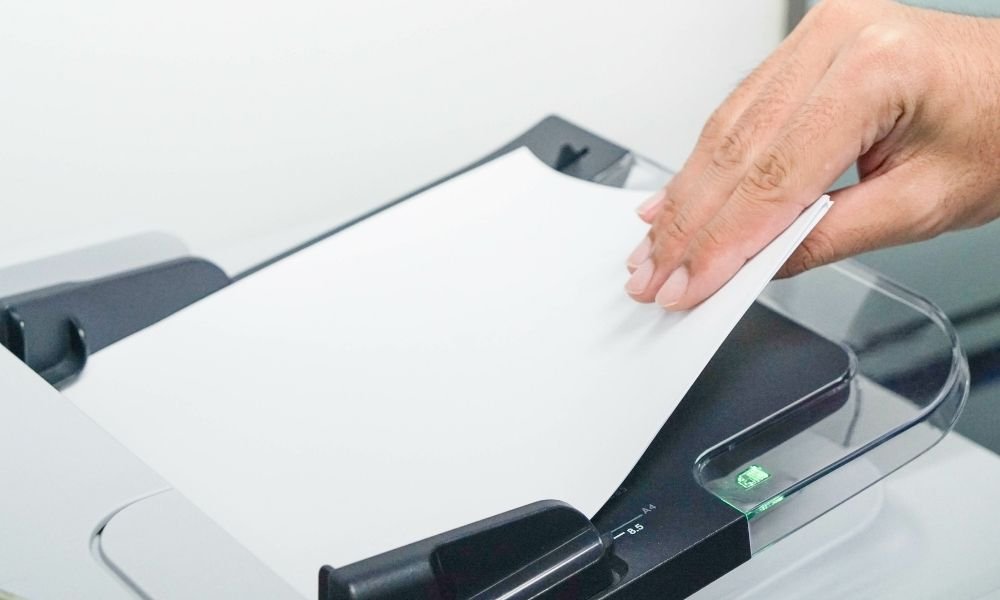The Biggest Mistakes To Avoid When Scanning Documents
Whether you plan on scanning personal papers or making multiple copies for your employer, scanning important documents can seem like a simple task. However, it can quickly become overwhelming if something goes wrong.
As businesses transition into paperless formats, providing digital copies of backlogged documents can get tiresome. So, here are some of the biggest mistakes to avoid when scanning documents. When you know about them, you’ll become a master of scanning.
Incorrect Scan Settings
Scanning a document might seem as simple as pressing a button and walking away. Incorrect settings can disrupt a large scanning job. Making sure that your documents scan in the correct settings can result in clear, concise documentation that can then get shared properly.
Make sure your document scans in the correct resolution. If it doesn’t, the result may end up looking pixelated and unclear, especially on smaller text or pages that have diagrams or drawings. Make sure to follow the instruction manual to set the appropriate DPI for scanning.
Also, be mindful of the color selection. Scanning documents in greyscale or color can result in a much larger file than necessary. Be sure to use this setting only if you are scanning color documents.
Scanning Documents Backwards
It’s an honest mistake, but document scanning placement can result in an improper copy. So, one of the biggest mistakes to avoid when scanning documents is having them either go in backward or upside-down.
It can result in blank copies appearing in the digital files, and as such, it can become particularly frustrating when you have hundreds of documents you need to rescan and then reinsert into your document so that all of the pages are in the proper order. So, it’s necessary to make sure you have perfect copies. Once an exact copy has been created, make sure it’s saved properly before it’s sent off.
Keeping Paper Records Off-Site
By keeping your documents off-site, you reduce clutter and maintain extra storage space. If you’ve already scanned your documents and made additional digital copies, maintaining your physical records isn't really necessary. However, if you still feel uncomfortable you might lose the hard copies, consider moving them to a secure storage facility for peace of mind
Not Properly Backing Up Documents
When you scan or shred documents, you need to make sure you have additional backup copies just in case. After scanning your documents digitally, make sure you have a digital copy handy, whether it is on a USB or an external hard drive.
The last thing you want is an issue to happen when you lose important files for work or professional situations. Files getting deleted is a huge problem. So, make sure you get your important documents digitally copied to a separate storage device such as a USB as a backup for safekeeping.
Scanning documents doesn’t have to be an arduous task. Consult us here at DiJiFi for help! We can handle any document scanning and shredding job you give us, from contracts to printed receipts to company files.

